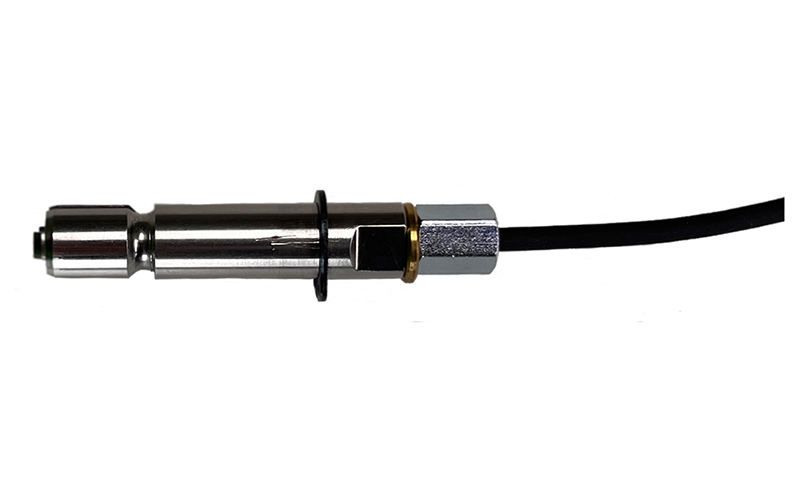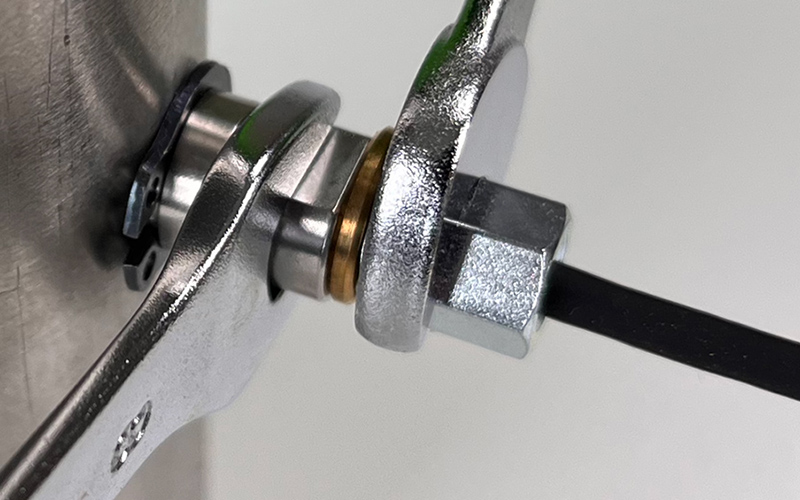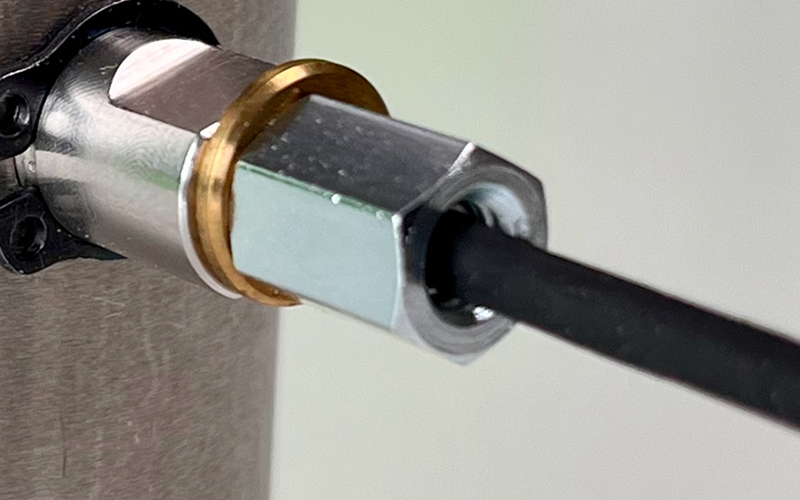Transverse measuring sensor QMS
This device is used to measure strains in tunnel linings, steel struts and reinforcing bars of piles, columns, walls and the like.
swiss sensor technology
Description of the
The transverse measuring sensor QMS is a transducer based on strain gauge depths for placement in bores for indirect force measurement in structures of machines, tools and systems. The front part of the sensor is force-sensitive in the transverse direction. The sensor requires a 10 mm diameter hole for mounting.
The integrated clamping device allows the sensor to be pre-tensioned in the mounting hole. Both tensile and compressive forces of the structure can be recorded in any direction. The measuring chain must be calibrated by comparative measurements after installation
Applications
- Industrial monitoring of machine forces
- Tool monitoring
- Monitoring of column forces in steel construction
- Monitoring of sick staff
Features
Indirect force measurement in all steel structures
Can measure compressive and tensile forces thanks to preload
No expensive special tools required for assembly and disassembly
Can be fixed at any depth and in any direction in the mounting hole
Available with various output signals and amplifiers
Possible output signals
- mV/V
- -10 to +10 V
- 4-20 mA
- RS 485 with Modbus
- iOLink
- LVDS
Subscribe to our newsletter now
Additional functions for strain sensors with digital amplifier EHDS2 (-10 to 10V)
Second selectable amplification level
The amplification can be changed by an adjustable factor via the software or a digital pin. This means that measurements with input signals of very different levels can also be carried out with a high resolution. The amplification can be adjusted by a factor of 1 to 100.
Calibration of interpolation points or 3rd degree polynomial
Any number of interpolation points can be recorded and the corresponding piecewise linearisation with 32 line segments can be carried out on their basis. The force can also be calibrated using a polynomial up to the 3rd degree
Calibration with the inclusion of temperature
Optionally, the temperature can be taken into account during calibration via an internal or external temperature sensor. Up to 3rd degree polynomials can be calculated.
Flexibly adjustable filters
2nd order Cauer filters can be set. For very slow measurements, moving average low-pass filters with a cut-off frequency of 0.03 Hz to 7.68 Hz can be set.
Various tare settings
Various tare modes can be selected: no tare, last tare value, tare when switching on, continuous tare.


